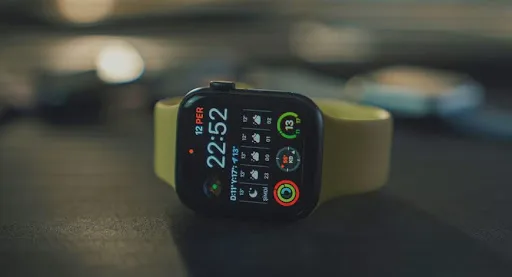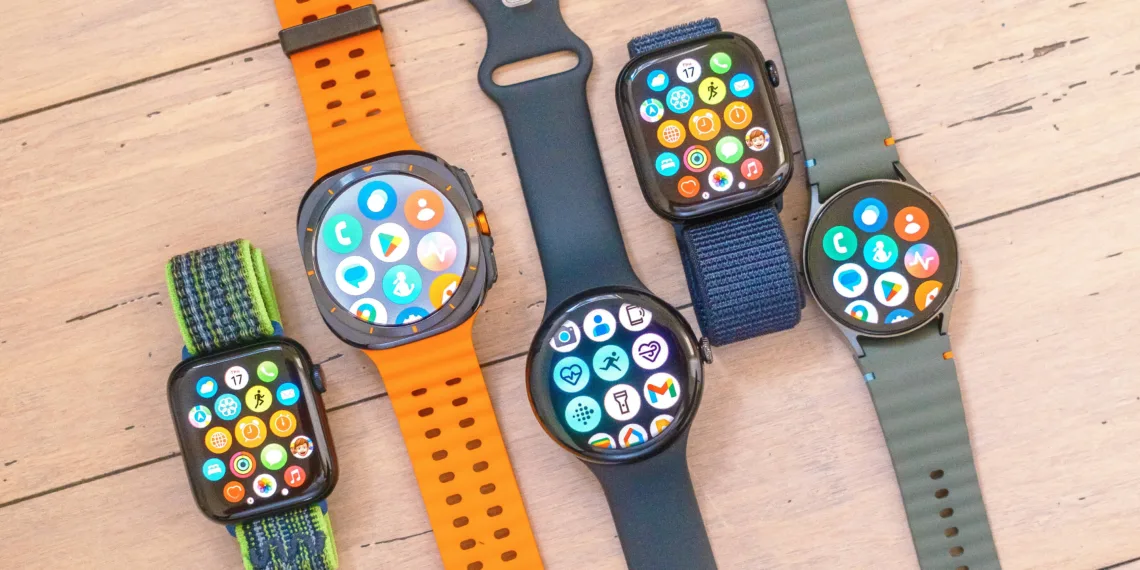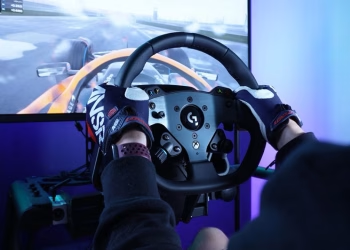The wearable technology sector faces turbulent times as the global smartwatch market continues its downward trajectory. According to Counterpoint Research, global smartwatch shipments declined 2% year-on-year in Q1 2025, marking the fifth consecutive quarter of decline and signaling deeper structural challenges in the industry.
Table of Contents
Market Leaders Face Mixed Fortunes
Despite the overall decline, the competitive landscape is experiencing dramatic shifts. Apple maintains its leadership position with a 20% global market share, though experiencing a 9% decline in shipments compared to Q1 2024. Meanwhile, Chinese brands are surging ahead with remarkable growth trajectories.
| Brand Performance Q1 2025 | Market Share | YoY Growth |
|---|---|---|
| Apple | 20% | -9% decline |
| Huawei | 16% | +53% growth |
| Xiaomi | 10% | +53% growth |
| Samsung | 7% | -23% decline |
| China Market | 29% share | +37% growth |
The India Factor and Apple’s Struggles
Counterpoint Research identifies two primary drivers behind the global decline: Apple’s weakening smartwatch sales and the significant deceleration in India’s once-booming smartwatch market. India, which previously drove triple-digit growth rates, has experienced a dramatic slowdown due to market saturation and limited innovation.

The Indian market decline reflects broader consumer fatigue with basic smartwatch features and highlights the challenge of sustaining growth in price-sensitive markets where differentiation has become minimal.
China Emerges as Growth Engine
In stark contrast to global trends, China witnessed explosive 37% year-on-year growth, driven by strong performances from Huawei, Xiaomi, and BBK (Imoo). Chinese brands have successfully captured domestic consumer loyalty through patriotic sentiment, government support, and diverse product portfolios spanning all price tiers.
Industry analysts note that Chinese brands’ success stems from their ability to offer cutting-edge technologies while maintaining competitive pricing, challenging established global players on both innovation and value.
Consumer Preferences Shift Upmarket
Despite overall market contraction, consumer behavior reveals interesting patterns. The $100-$200 segment experienced 21% growth, while the sub-$100 category declined 17%. This shift indicates consumers are increasingly seeking feature-rich, premium devices rather than basic fitness trackers.
Samsung’s 23% market share decline from 9% to 7% reflects the intense competition in the premium segment, while the rise of Chinese brands demonstrates their ability to compete across all price points.
Recovery on the Horizon
Looking ahead, Counterpoint Research projects modest optimism with approximately 3% growth expected by the end of 2025. The recovery will likely be driven by advanced features, AI integration, and next-generation health sensors that transform smartwatches into certified medical-grade tools.
The market evolution suggests a maturing industry where innovation, ecosystem integration, and long-term value proposition will determine success rather than novelty alone.
For comprehensive coverage of wearable technology trends and market analysis, visit TechnoSports.co.in.
The smartwatch shakeout continues – only brands offering genuine innovation and value will survive the industry’s most challenging period yet.








